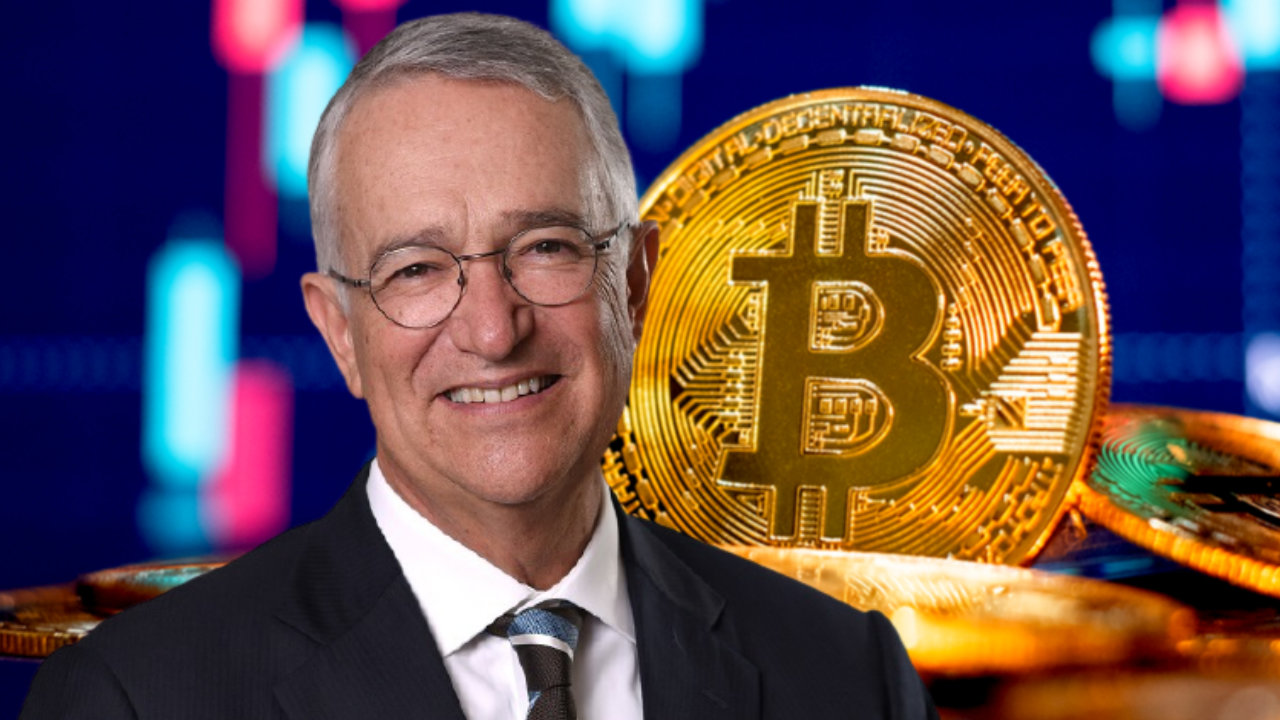(Bloomberg Opinion) — When 100 countries signed up to a global pact to cut methane emissions at the COP26 climate conference in Glasgow in November 2021, there was one notable absence from the proceedings: Russia.
On paper, the world’s fourth-biggest emitter of methane has much to gain from signing on to the deal. It’s the biggest exporter of natural gas, essentially methane mixed with a few traces of heavier hydrocarbons. Any molecules that it emits into the atmosphere are ones it’s not making money selling. The idea behind the Global Methane Pledge, or GMP, was that plugging leaks was so profitable that companies and governments would do it out of self-interest alone, helping advance the goal of cutting emissions by 30% over the decade through 2030.
President Vladimir Putin, gearing up for an invasion of Ukraine four months later in which natural gas would be used as a weapon of war, chose not to attend the Glasgow meeting. And yet that conflict may be doing more to reduce the world’s methane emissions than all the well-meaning actions of signatories over the 18 months since the US and EU kicked off the GMP. Putin’s failure to score a long-awaited pipeline deal so far during this week’s summit with his Chinese counterpart Xi Jinping only underlines that reality.
Methane is seen as particularly important because its ability to warm the atmosphere is much greater than carbon dioxide. Although human methane emissions of 357 million metric tons a year are less than 1% of the tonnage of CO2 we pump out annually, they account for about a quarter of the warming we’re causing. Some estimates are even higher: the Intergovernmental Panel on Climate Change this week said anthropogenic methane has raised global temperatures by half a degree Celsius (0.9 degrees Fahrenheit), compared to 1.2 degrees C for carbon dioxide.
If only there was evidence we were making progress on reversing that trend. Far from falling, methane emissions from the energy industry were up by about 4.9% in 2022 relative to 2020 levels, the International Energy Agency reported last month. That’s particularly troubling when you consider that conditions last year, when natural gas prices in Europe rose to more than 10 times their 10-year average level, were about as favorable as we’re ever likely to see for efforts to make profits out of waste methane.
Part of the problem is that the theoretical benefits of capturing and selling leaking gas are often less than meet the eye. Gas that’s not vented or burned off must be captured, piped, chilled, processed, liquefied, shipped, or otherwise got from its source to a paying customer. Doing all that requires a lot of property, plant and equipment, and if the returns on that investment look thin, companies won’t do it unless they’re forced to. Half way to its target, a 2015 World Bank initiative to end routine flaring by 2030 has made precious little progress: In 2021, it represented roughly the same 4% of gas production that it has for more than two decades.
Far from rushing to take advantage of the opportunity opened up by the GMP, the world is instead softening laws designed to compel the plugging of gas leaks. EU energy ministers last year watered down European Commission legislation on the topic, and Republicans in the US House of Representatives last week proposed a bill to repeal a fee on methane emissions introduced under President Joe Biden’s Inflation Reduction Act.
In contrast to the gradualist aspirations of the pledge, Putin’s attempt to weaponize methane looks more like a revolutionary change. Like many revolutions, though, it may well end up backfiring on its plotters.
Not only didn’t it increase the world’s dependence on natural gas, it’s brought an unexpected peak in consumption into view: The IEA last year forecast that demand wouldn’t grow past a high of around 4,372 billion cubic meters in 2030, even in its most conservative scenario. The world’s gas consumers are shying away from a terrifyingly unreliable supplier. If the shock nudges governments to stick to the decarbonization pledges they’ve promised, rather than just legislation currently on the books, the reduction would be even larger.
That could represent a real improvement. There’s about 3.4 bcm of methane released into the atmosphere for every 100 bcm delivered to customers, so cutting 2030 demand by 680 bcm would slash methane emissions by 23 bcm — more than a fifth of the reduction needed to hit the GMP’s target of a 30% cut.
On top of that, the price of gas appears to have structurally reset at higher levels. Benchmark US Henry Hub futures for delivery in December 2025 are trading at around $4.87 per million British thermal units at present, about two-thirds higher than the $3 levels at which they languished for five years before the Ukraine invasion. If anything is going to encourage gas producers to fulfil the GMP’s promise of turning waste into profits, it’s higher long-term prices for that waste:
Even if we cut oil and gas emissions to zero, some of the biggest sources will be unaffected. Farming, biomass and bioenergy together account for nearly half of our emissions and might pump out enough gas to warm the planet by 1 degree Celsius this century. Almost as much methane leaks from coal mines as from all the gas installations in the world. The producers responsible for those slices of the problem often lack the capital, sophistication or technical ability to capture pollution as effectively as the petroleum industry, and have zero financial incentive to do so.
Cutting our methane footprint is going to be far more challenging than the positive vibes of the GMP would suggest. It may end up being war, rather than good intentions, that finally breaks the back of our gas habit.
Want more from Bloomberg Opinion? OPIN . Or you can subscribe to our daily newsletter.
This column does not necessarily reflect the opinion of the editorial board or Bloomberg LP and its owners.
David Fickling is a Bloomberg Opinion columnist covering energy and commodities. Previously, he worked for Bloomberg News, the Wall Street Journal and the Financial Times.
















_(1)_(1).jpg)